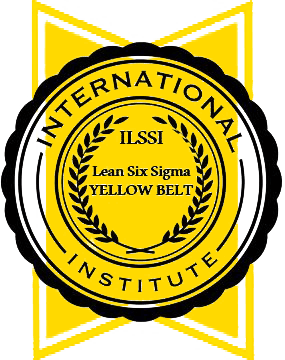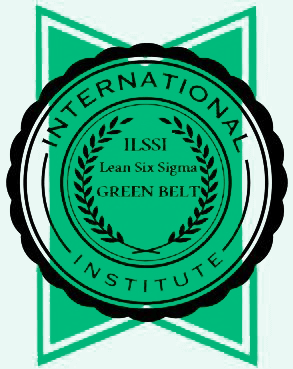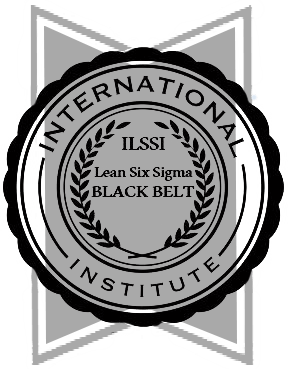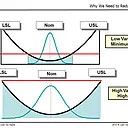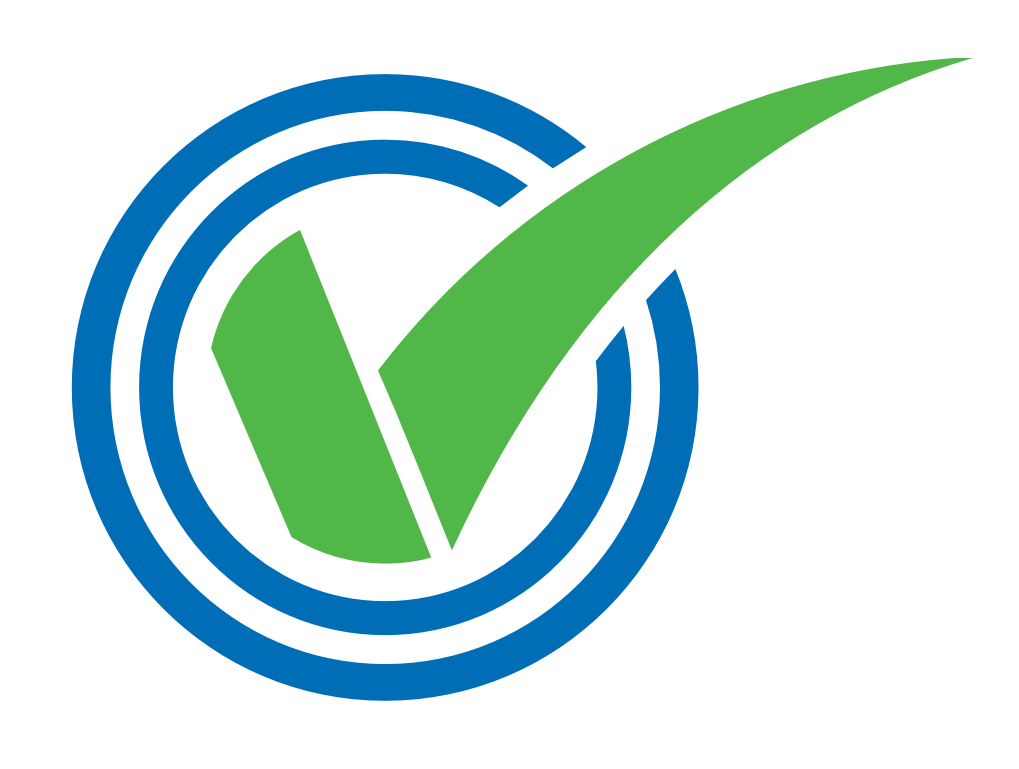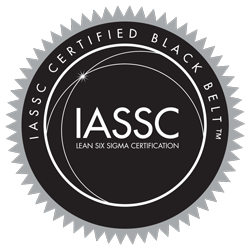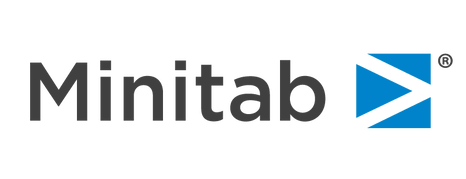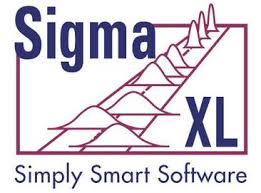About the International Lean Six Sigma Institute (ILSSI) and International Association for Six Sigma Certification (IASSC)
ILSSI and IASSC are both professional associations dedicated to developing and enhancing competency and standards within Lean Six Sigma. ILSSI provides Mentoring, coaching and consulting services. Both ILSSI and IASSC facilitate and deliver exams to global Lean Six Sigma Certification Standards testing and International Accreditation.
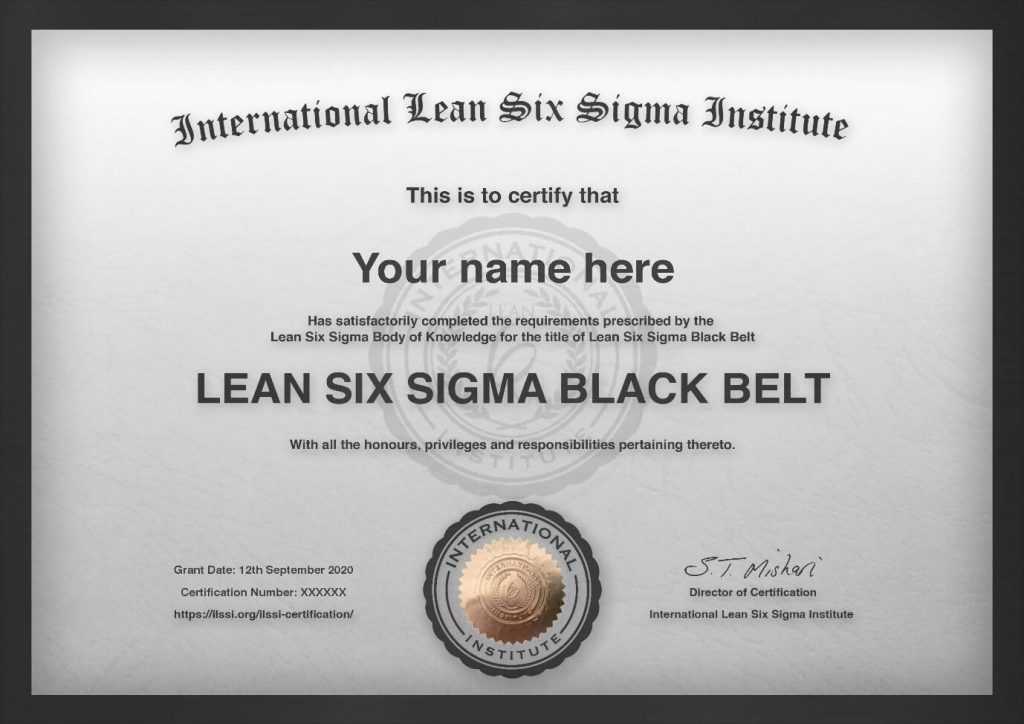
International Lean Six Sigma Institute
International Accredited Lean Six Sigma CERTIFICATIONS, provide an unbiased independent third-party validation of a person’s knowledge of the topics contained within the International Lean Six Sigma Body of Knowledge ( ILSSBOK) and include Black Belt, Green Belt and Yellow Belt Certification.
Things you should know before sitting for the International Accredited Lean Six Sigma Yellow, Green or Black Belt Exam
ILSSI, CSSC and IASSC CERTIFICATIONS, provide an unbiased independent third-party validation of a person’s knowledge of the topics contained within the Universally Accepted Lean Six Sigma Body of Knowledge ( BOK ) and include Black Belt, Green Belt and Yellow Belt Certification. Certification Exams are administered through an internet Browser-Based Testing System.
The International Accredited and Certified Lean Six Sigma Black Belt is a professional who is well versed in the Lean Six Sigma Methodology, who leads improvement projects, typically in a full-time role. A Lean Six Sigma Black Belt possesses a thorough understanding of all aspects within the phases of D-M-A-I-C. They understand how to perform and interpret Six Sigma tools and how to use standard principles of Lean.
Certification Testing
The International Accredited and Certified Black Belt (ICBB) Exam is a 3 hour 150 question proctored exam based on the Universally Accepted International Lean Six Sigma Body of Knowledge for Black Belts.
In order to achieve the professional designation of International Accredited and Certified candidates must sit for the International Accredited and Certified Lean Six Sigma Black Belt Exam and achieve a minimum score of 70%
There are no prerequisites required in order to sit for the International Accredited and Certified Lean Six Sigma Black Belt Exam.
Preparation
Certification
Black Belt Body of Knowledge
The Universally Accepted International Lean Six Sigma Body of Knowledge (ILSSBOK) is an embodiment of the consensus of what industry expects of a Lean Six Sigma Black Belt, Lean Six Sigma Green Belt, and a Lean Six Sigma Yellow Belt.
The ILSSBOK is the result of research that was conducted with the assistance of the leading industry experts in Lean Six Sigma. The goal of the ILSSBOK is to characterize the standard knowledge requirements that are universally expected of a Lean Six Sigma Black Belt, Lean Six Sigma Green Belt and a Lean Six Sigma Yellow Belt. With input from 1000′s of Deployment Leaders, Master Blacks Belts, Black Belts and Green Belts from 100′s of companies and industry sectors the ILSSBOK is truly the Voice of the Industry.
This is a significant breakthrough, for the first time in the history of the Lean Six Sigma the industry itself has defined what it deems as a relevant and practical version of the knowledge expectations of a Lean Six Sigma Black Belt, Green Belt and Yellow Belt.
The ILSSBOK consists of five primary sections each of which is broken into sub-categories. This Body of Knowledge serves as the basis for what many of today’s leading Lean Six Sigma companies consider to be standard and expected knowledge requirements of a Lean Six Sigma Black Belt, Lean Six Sigma Green Belt and Lean Six Sigma Yellow Belt. This body of knowledge also serves as the foundation upon which International Accredited and Certified examinations are built.
The International Accredited Lean Six Sigma Certified Black Belt Exam is based on the International Lean Six Sigma Body of Knowledge for Black Belts
- The Fundamentals of Lean Six Sigma
- Meanings of Lean and Six Sigma
- General History of Lean Six Sigma
- Lean Six Sigma Projects
- DMAIC
- PDCA
- Kaizen and Kaizen Events
- Root Cause Analysis
- Voice of the Customer, and Business
- Lean Six Sigma Belt Roles
- Defining a Process
- Critical to Quality Characteristics (CTQs)
- Cost of Poor Quality (COPQ)
- Pareto Analysis
- Basic Lean Six Sigma Metrics
- DPU, DPMO, FTY, RTY Cycle Time
- Selecting Lean Six Sigma Projects
- Problem Statements
- Building a Business Case & Project Charter
- Project Metrics
- SIPOC
- The 8 Elements of Waste
- 5S
- Lean Thinking
- Kanban
- Poka-Yoke (Mistake Proofing)
- Process Definition
- Cause & Effect / Fishbone Diagrams
- Process Mapping, SIPOC, Value Stream Map
- Failure Modes & Effects Analysis (FMEA)
- Six Sigma Statistics
- Basic Statistics
- Use of Excel , Minitab and SigmaXL
- Descriptive Statistics
- Normal Distributions & Normality
- Graphical Analysis
- Histograms
- Box Plots
- Measurement System Analysis
- Precision & Accuracy
- Bias, Linearity & Stability
- Gage Repeatability & Reproducibility
- Variable & Attribute MSA
- Process Capability
- Capability Analysis
- Concept of Stability
- Attribute & Discrete Capability
- Monitoring Techniques
- Inferential Statistics
- Understanding Inference
- Sampling Techniques & Uses
- Central Limit Theorem
- Hypothesis Testing
- General Concepts & Goals of Hypothesis Testing Significance
- Practical vs. Statistical Significance
- Alpha & Beta Risk
- p-values
- Types of Hypothesis Test
- Hypothesis Testing with Normal Data
- 1 & 2 sample t-tests
- 1 sample variance
- One Way ANOVA
- Normality Testing
- Sample Size calculation
- Hypothesis Testing with Non-Normal Data
- Mann-Whitney
- Kruskal-Wallis
- Mood’s Median
- Friedman
- 1 Sample Sign
- 1 Sample Wilcoxon
- One and Two Sample Proportion
- Chi-Squared (Contingency Tables)
- Simple Linear Regression
- Correlation
- Regression Equations
- Residuals Analysis
- Multiple Regression Analysis
- Non- Linear Regression
- Multiple Linear Regression
- Confidence & Prediction Intervals
- Residuals Analysis
- Designed Experiments
- OFAT
- Experiment Objectives
- Experimental Methods
- Experiment Design Considerations
- Full Factorial Experiments
- Full Factorial Designs
- Linear & Quadratic Mathematical Models
- Orthogonal Designs
- Fit, Diagnose Model and Centre Points
- Fractional Factorial Experiments
- Taguchi Designs Control Phase
- Statistical Process Control (SPC)
- Data Collection for SPC
- I-MR Chart
- Xbar-R Chart
- U Chart
- P Chart
- NP Chart
- X-S chart
- CumSum Chart
- EWMA Chart
- Binomial Distribution and Calculations
- Poisson Distribution and Calculations
- Design for Six Sigma ( DFSS )
- Hoshin Kanri
- Cost Benefit Analysis
- ROI, Payback Period


